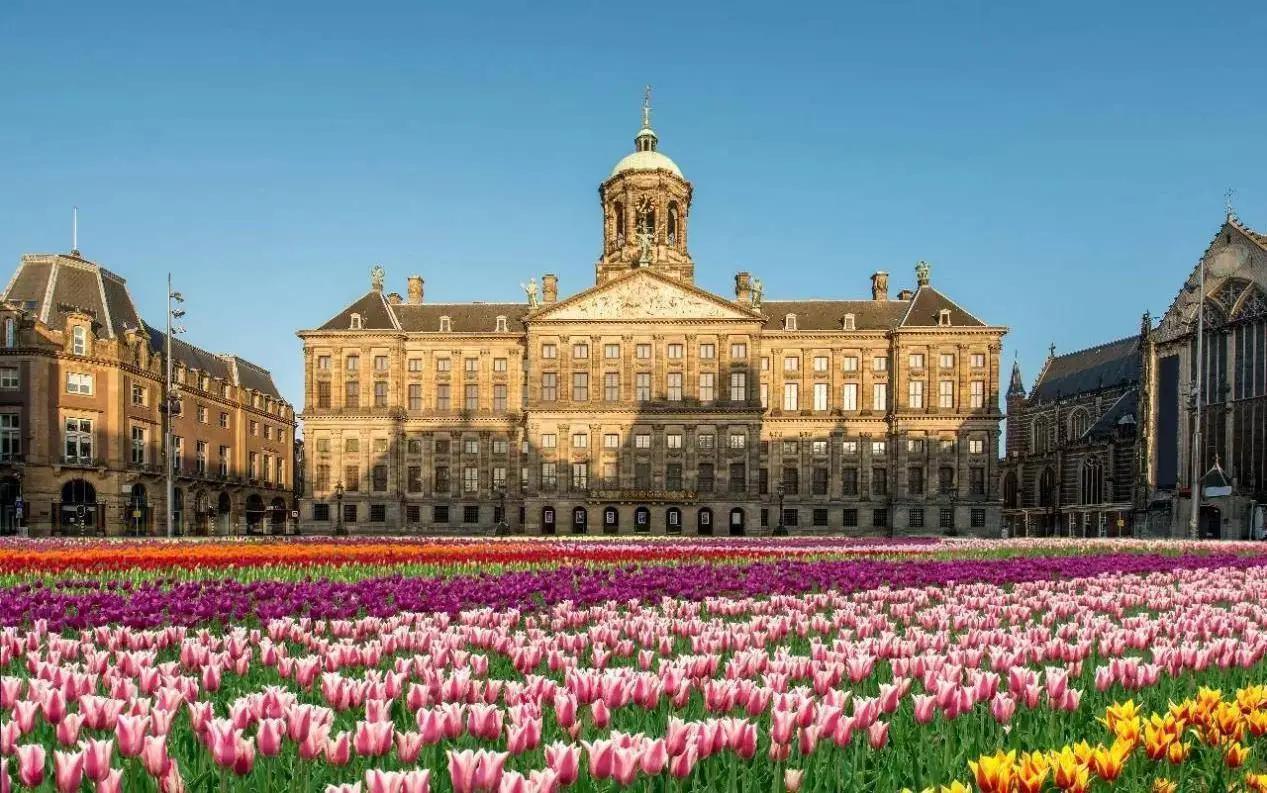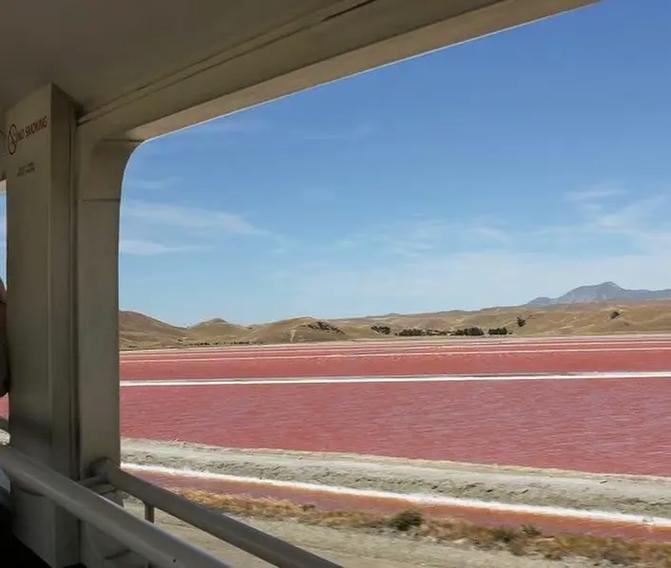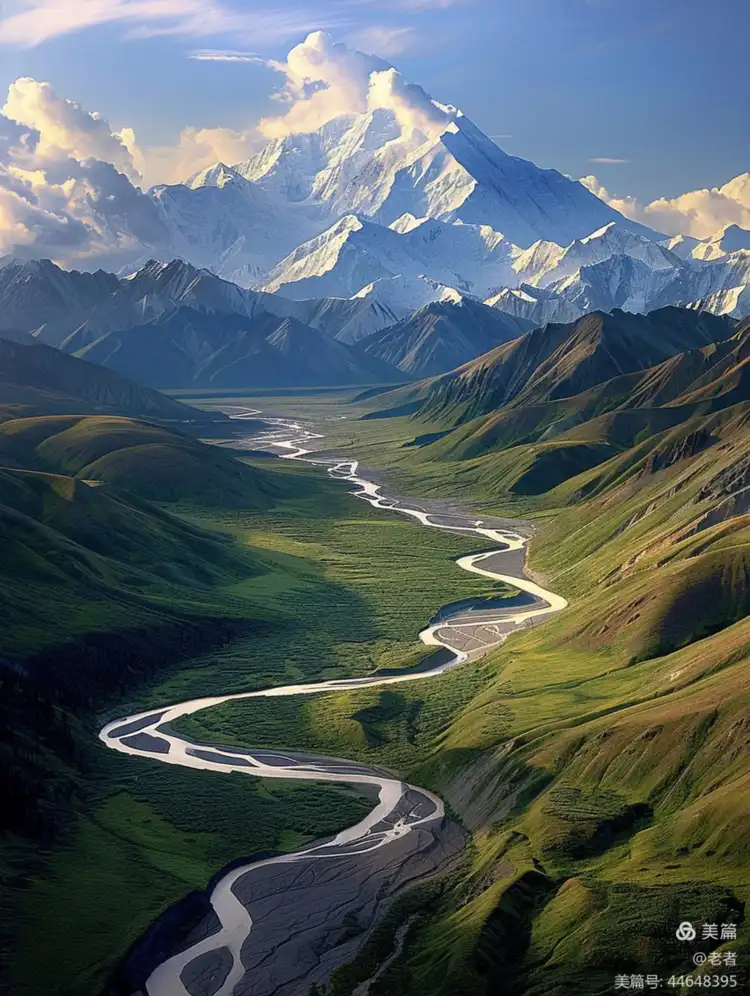Japan Travel
Japan’s Wine Tasting Tours: Vineyard Attractions
Japan’s Wine Tasting Tours: Vineyard Attractions
When one thinks of world-class wine regions, places like Bordeaux, Napa Valley, or Tuscany might immediately come to mind. Yet, in recent years, Japan has quietly emerged as a compelling destination for wine enthusiasts seeking something both unique and refined. Beyond its renowned sake and whisky cultures, Japan’s wine tasting tours offer an immersive experience that blends traditional craftsmanship with breathtaking landscapes, innovative techniques, and a deep sense of omotenashi—the spirit of selfless hospitality.
Although wine production in Japan dates back to the 19th century, it is only in the last few decades that Japanese winemakers have gained international recognition for quality and distinctiveness. The country’s diverse microclimates, volcanic soils, and meticulous farming practices have given rise to wines that express a true sense of place—a concept known as terroir. From the cool climate of Hokkaido to the sunny slopes of Yamanashi, each region tells a different story through its grapes.
The Allure of Japanese Terroir
Japan’s unique geography—stretching from subtropical Okinawa to snowy Hokkaido—creates a variety of growing conditions suited to different grape varieties. The most famous wine-producing region is Yamanashi Prefecture, nestled at the foot of Mount Fuji. Here, the Koshu grape, a pink-skinned variety indigenous to Japan, produces delicate, aromatic white wines with notes of citrus, peach, and minerality. These wines are exceptionally food-friendly, often paired with local specialties like sashimi or tempura.
Further north, in Hokkaido, the cool climate resembles that of Alsace or Oregon, making it ideal for Pinot Noir, Chardonnay, and German-style white varieties. The rolling hills and well-drained soils of regions like Ikeda and Furano create wines with bright acidity and elegance. Meanwhile, in Yamagata and Nagano, higher elevations and significant temperature variations yield complex, structured reds and aromatic whites.
What sets Japanese vineyards apart is not just the landscape but the philosophy behind cultivation. Many vineyards practice sustainable or organic farming, with some even adopting traditional methods like yūkō (integrated pest management) or using bees and native plants to maintain ecological balance.
Vineyard Experiences: Beyond the Glass
Japanese wine tours are about much more than tasting—they are cultural experiences. Visitors can participate in grape harvesting, blend their own wine, or enjoy vineyard picnics with locally sourced cheeses and charcuterie. Many wineries also offer onsen (hot spring) experiences, where guests can relax after a day of tasting while overlooking the vines.
One standout destination is the Katsunuma Winery in Yamanashi, which offers guided tours through its historic cellars and modern production facilities. Here, visitors can taste aged Koshu wines alongside newer experimental blends. In Hokkaido, the Domaine Takahiko winery has gained a cult following for its natural wines—minimal intervention bottlings that capture the pure expression of the fruit and soil.
Another attraction is the annual wine festivals, such as the Yamanashi Wine Festival held every autumn. Local wineries gather to showcase their latest vintages, accompanied by live music, food stalls, and even grape-stomping events. These festivals provide a wonderful opportunity to mingle with local producers and fellow wine lovers.
Culinary Pairings: A Harmony of Flavors
No wine tasting in Japan is complete without exploring its culinary partnerships. Japanese cuisine, with its emphasis on seasonality and balance, offers perfect pairings for local wines. A crisp, dry Koshu complements the subtle flavors of kaiseki (traditional multi-course meal), while a robust Yamanashi Merlot stands up to grilled yakitori or sukiyaki.
Many wineries have on-site restaurants helmed by talented chefs who design menus specifically to match their wines. At Château Mercian in Yamanashi, for example, guests can enjoy a multi-course lunch featuring ingredients from the prefecture, each dish crafted to enhance the wine’s characteristics. In Hokkaido, wine and cheese pairings take center stage, thanks to the region’s thriving dairy industry.

The Rise of Wine Tourism Infrastructure
Japan’s commitment to wine tourism is evident in its well-developed infrastructure. Numerous wine routes—such as the Yamanashi Wine Route or the Hokkaido Wine Trail—are clearly signposted and easily accessible by car, train, or bicycle. Many wineries offer English-speaking staff, detailed brochures, and reservation systems tailored to international visitors.
Luxury accommodations have also sprung up near major wine regions. From boutique vineyard hotels to traditional ryokan with private onsens, travelers can choose from a range of options that emphasize comfort and local charm. Some vineyards, like Marufuji Winery in Nagano, even offer stays in renovated farmhouses where guests can wake up to views of grapevines against a mountain backdrop.
Challenges and Innovations
Despite its growth, Japanese wine faces challenges, including typhoons, humidity, and limited land. Yet, these constraints have spurred innovation. Many winemakers use advanced technology—such as canopy management and humidity-controlled fermentation—to overcome climatic hurdles. Others are experimenting with hybrid grapes that are more resistant to disease while retaining flavor complexity.
There’s also a growing movement toward ji-zake (local artisanal products), which emphasizes small-batch production and hands-on craftsmanship. This trend aligns with the global interest in authentic, story-driven products and helps smaller wineries carve out a niche in the competitive wine market.
Conclusion: A Journey of Discovery
Japan’s wine tasting tours offer more than just a drink—they invite visitors into a world where tradition meets innovation, and where nature and culture intertwine. Whether you’re sipping Koshu under the shadow of Mount Fuji, exploring the cool-climate vineyards of Hokkaido, or enjoying a barrel tasting in an ancient cellar, the experience is sure to be memorable.
For wine lovers looking to explore beyond the familiar, Japan’s vineyards provide a fresh perspective on what wine can be. With each glass, you taste not just the grape, but the history, the landscape, and the passion of the people who made it. Kampai—to the unforgettable journey through Japan’s wine country.
相关文章
- Yamagata’s Zao Onsen: Snow Monster Hot Spring Attraction
- Japan’s Maid Cafés: Akihabara Subculture Attractions
- Okayama’s Okayama Korakuen: Historic Garden Attraction
- Japan’s Horse Racing Tracks: Equestrian Sports Attractions
- Tokyo’s Odaiba Gundam: Anime Icon Attraction
- Japan’s Doll Festivals: Hinamatsuri Attractions
- Kagoshima’s Ibusuki Onsen: Sand Bath Hot Spring Attraction
- Japan’s Table Tennis Clubs: Recreational Attractions
- Kyoto’s Nishiki Market: 400-Year-Old Food Attraction
- Japan’s Camellia Festivals: Winter Flower Attractions
发表评论
评论列表
- 这篇文章还没有收到评论,赶紧来抢沙发吧~


